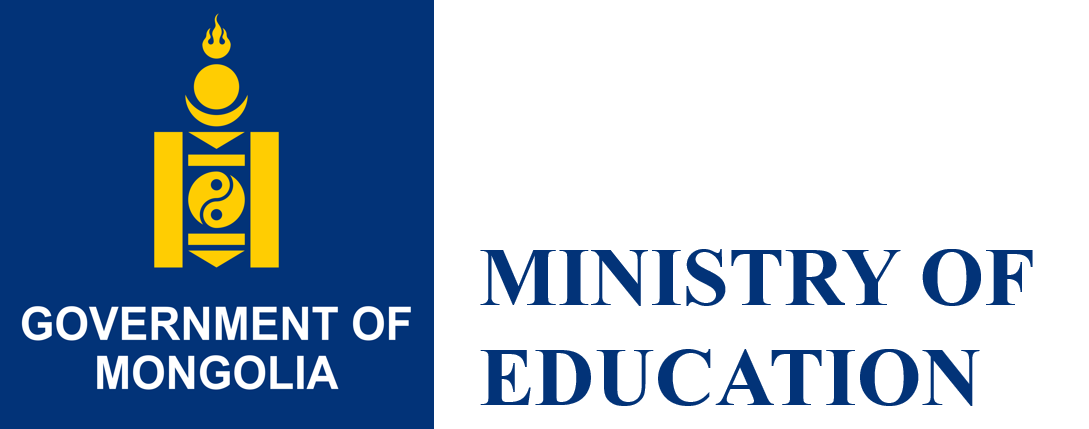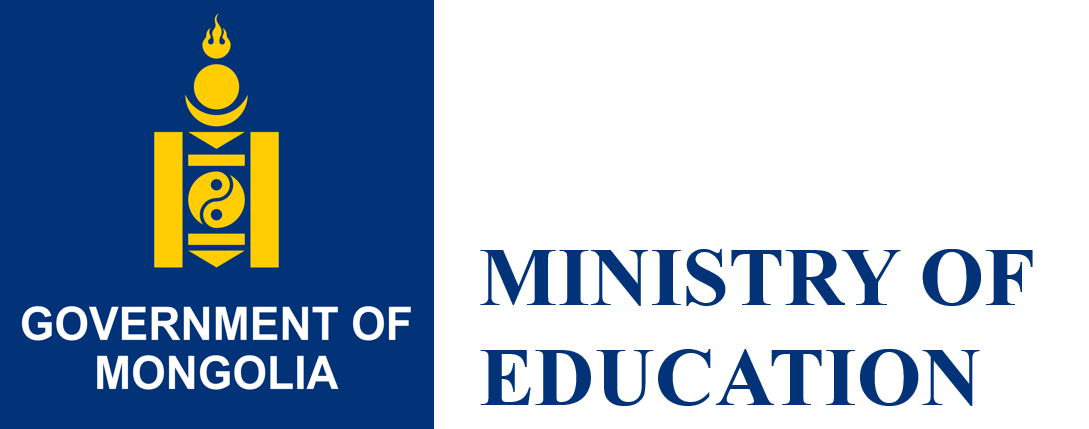Primary and secondary education sector brief introduction.
In the 2020-2021 academic year, 839 general education schools (672 public and 167 private) are operating in the country.
Of the total number of schools, 72 are elementary, 109 middle, 611 high schools and 47 complex schools.
67% or 562 of the total schools are in rural areas and 33% or 277 are in the capital city, of which 735 are regular, 15 are vocational, 72 are advanced, 6 are special and 11 are international programs.
There are 22979 groups in secondary schools. Of total number of groups, 48.7 percent is primary, 33.7 percent is secondary, and 17.6 percent is high school.
Of the total group of secondary school students 71.3% study in the first shift, 28.67% in the second shift and 0.03% in the third shift.
There are 251 students in 8 groups in 4 schools nationwide, studying in the third shift. 84.1% of the third shift group is primary school and 15.9% is high school.
Nationwide, group occupancy is 29.6 (elementary school 31.9, middle school 28.7, and high school 25.2).
A total of 686,321 students in general education (680,837 by day, 51 in the evening, 93 by correspondence, and 5,340 by equivalency) are enrolled in full-time, part-time, and equivalency programs. 680,837 full-time students (92.9% public and 7.1% private).
5,340 children are enrolled in the Lifelong Learning Centre. 98.8% of full-time students attend public schools and 1.2% attend private schools.
There are 5,628 children with disabilities and 124,444 herder children in secondary schools.
There are 54,498 (42,728 public and 5,770 private) employees in secondary schools.
There are 34,070 teachers in secondary schools, of which 89.2% are public schools and 10.8% are private schools.
43.4 percent of teachers have professional degrees, of which 1.3 percent are consultants, 34 percent are leading teachers, and 64.7 percent are teaching methodologists. Professional teacher supply is at 99.8%



